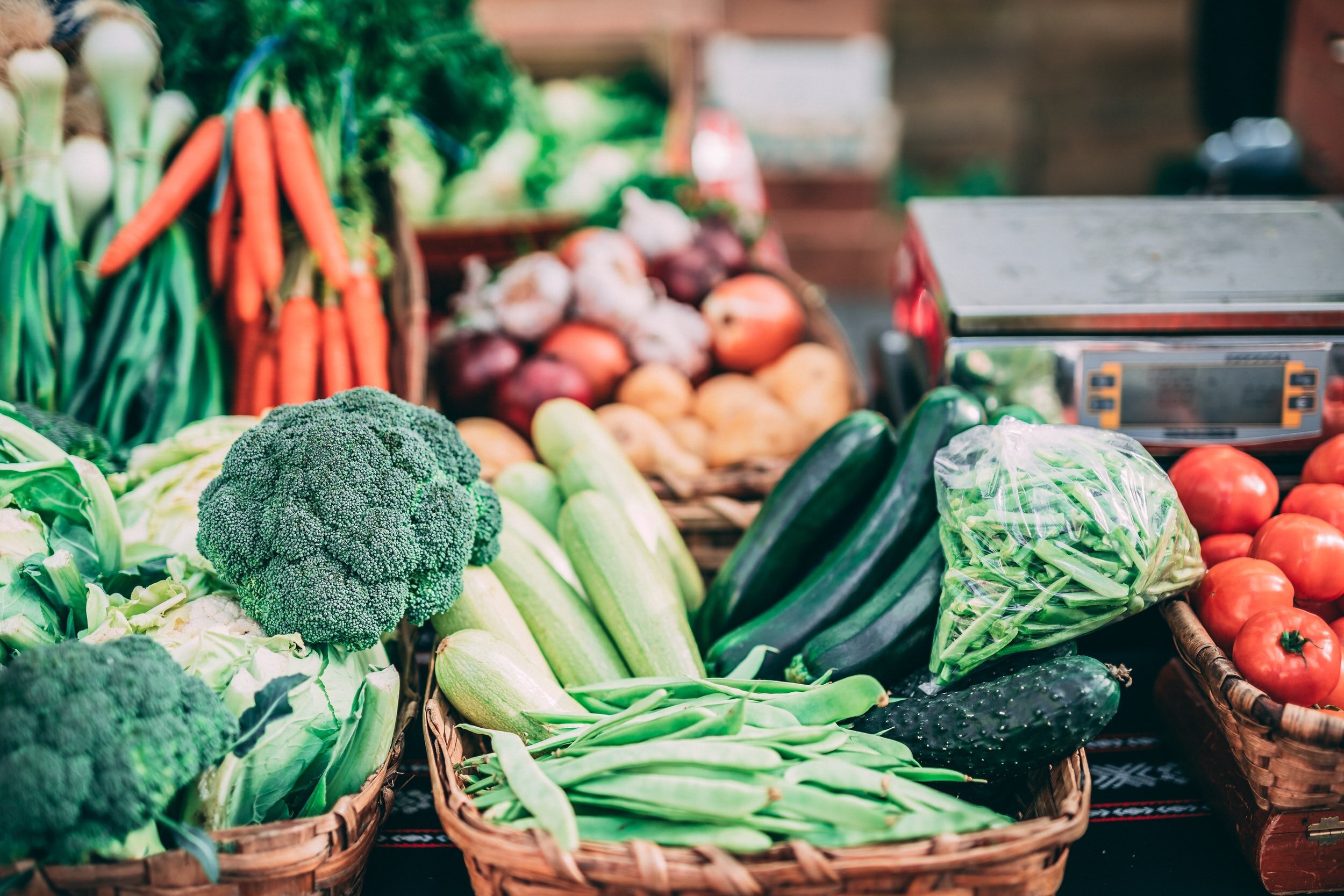The Cost of Plastic Pollution on Local Economies
No Sale Price on Litter Cleanup Cost
As a resident of the Greater Toronto Area, Lake Ontario, in my opinion, has been somewhat forgotten and neglected. Never have I travelled to the lake for a day by the beach. Why is that? If over a quarter of Canada’s population lives within the Lake Ontario watershed, it seems strange that city folk flock to Muskoka every summer weekend. I recall my father telling me about a family cottage in Scarborough along Lake Ontario. Today, that almost feels unthinkable. Unfortunately, our lake has seen better days, with many beaches under swimming advisories and garbage littered across the shores. If we could restore the lake, there is no doubt that Lake Ontario has the potential to become a destination hotspot once again, for locals and tourists alike.
View of Lake Ontario and Toronto skyline from Tommy Thompson Park. Photo by Chelsea Brash.
Toronto & Its Tourism Economy
Lake Ontario borders Canada’s largest urban area - Toronto. Home to over 3 million people and welcoming over 28 million visitors annually, our beautiful city and lake is an exciting place to be. In fact, Toronto is the leading tourism destination in Canada, generating over 10 billion dollars in Toronto’s visitor economy each year. There’s no doubt that tourism in Toronto is booming and creating positive economic growth for our city. However, with more consumers visiting, it is inevitable that this will impact our local environment. Over the years, beaches, city streets and parks have seen increasing amounts of litter with corresponding damage to local ecosystems.
Plastic grocery bag floating in Lake Ontario. Photo by Chelsea Brash.
Lake Ontario Pollution
Lake Ontario is the most polluted of all the Great Lakes, acting as the collection depot from Lake Huron, Erie, Michigan, and Superior. Surrounded by millions of residents, and millions more tourists, Lake Ontario sees the most activity compared to all other Great Lakes. As we know, more people equals more litter. Within the City of Toronto, gum and cigarette butts are the most common small litter item found, with paper towels and napkins ranking at the top for most common large litter items. The price tag on how much these items cost to clean up may be a surprise to you.
Litter cleaned up from Lake Ontario by A Greener Future volunteers.
Price Tag on Litter
Plastic is everywhere - in our homes, workplaces, and well, our beaches and waterways. Its durability makes it the material of choice for many of the products we use in our everyday lives. But, its durability is also what makes it a nightmare in our environment, as it can last in the environment for decades. Our economy can be hit hard by the cost of cleaning up litter including plastic pieces. In fact, litter in Toronto costs over $27 million a year to collect and clean up. Now, with most people spending more time outside during the COVID-19 pandemic, Toronto’s beaches and parks have seen an increase in improperly disposed trash. It is estimated that the cost to clean up litter from March to September 2020 in Toronto will cost an additional $273,418 from the city’s budget.
All of the Great Lakes are connected and flow through the St. Lawrence River, into the Atlantic Ocean.
Not the Only Place
Did you know that Lake Ontario eventually flows through the St. Lawrence River, emptying out into the Atlantic Ocean? That means that litter from all over Ontario has the potential to reach our oceans. Plastic pollution in the world’s oceans can cost society billions in lost resources each and every year. With 60% - 80% of all marine litter being plastic, we must remember that our local rivers and lakes are connected to our oceans, and contributing to this global plastic crisis. There are many industries that rely on healthy bodies of water such as tourism and fisheries. Polluted rivers, lakes and oceans result in significant financial impacts on these industries, affecting employee livelihoods and unemployment.
Across the globe, plastic pollution is a rising financial and environmental concern. Countries in the Mediterranean see an increase of 40% more marine litter during the summer months when they host over 200 million tourists each year. Perhaps this litter is contributing to the economic losses in Europe, where marine litter is estimated to cost the EU fishing fleet 61.7 million euros each year. The town of Nice in France spends 2 million euros every year to ensure a plastic and litter-free beach for visitors. There is no doubt that our planet is interconnected in more ways than we think.
Plastic debris can have a hefty impact on tourism. In 2011, an island in South Korea faced heavy rainfall washing up marine debris on the beaches. That year, the tourist count dropped by 63%, about 560,228 people, with a loss of US$29 - 37 million. Plastic is a silent killer in our environment and economies. Plastic affects our economy in every corner of the world, from cleanup costs to economic losses. Whether or not you are directly contributing to the plastic crisis, we are all paying for the cumulative damage of plastic litter around the world.
A Greener Future volunteer picking up construction debris near Lake Ontario.
Solutions
About 80% of all plastic in our lakes comes from the land. Litter is dangerous for more than just the environment - it is also taking a pretty penny out of all of our pockets. Until there is a solution for single-use plastic, we will likely continue to find litter in our beaches and waterways. There are actions we can take until that happens, and we're here to help narrow some steps down.
In Toronto, there are about 20,000 litter and recycling bins located across the city on the streets and in parks. Take the extra time to find these bins, and keep Toronto beautiful!
See illegal dumping in Toronto? Prevent it from entering our lake and call 311 to report it.
Practice conscious consumption - refuse items that can’t be reused or repurposed when possible
Be aware of the single-use plastic items in your life. Try to switch to more sustainable alternatives to stop the problem at the root.
Attend a litter cleanup with A Greener Future and get your hands dirty.
“When the Last Tree is cut down, the last fish eaten, and the last stream poisoned, will we realize we cannot eat money” - Alanic Obomsawin























Communications Assistant, A Greener Future